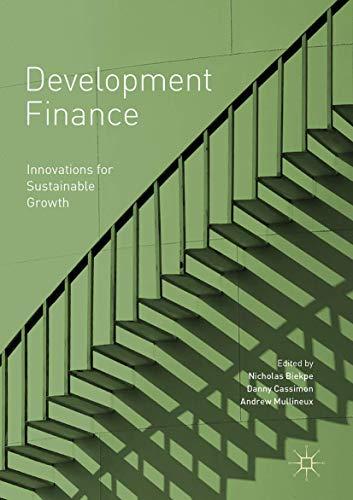

Modern capital structure theory, constructed by Modigliani and Miller, began in 1958 and provided a justification for a corporation's use of more and more financial leverage under certain assumptions. CEOs and CFOs were encouraged to accept M&M's theory and put it into practice, especially when the company's spending is high and the risk of servicing its debt is low. As capital markets have evolved, it is critical to understand the context and assumptions under which this model was created. Review the situation and answer the questions that follow: An analyst has graphed the relationship between the expected return on a firm's capital and its debt-equity (D/E) ratio. Her graph follows: RATES OF RETURN (Percent) "Equity rAssets "Debt 0.0 0.5 1.0 1.5 2.0 DEBT-EQUITY D/E RATIO 0.0 0.5 1.0 1.5 2.0 DEBT-EQUITY D/E RATIO From what you see on the graph, which of the following assumptions is consistent with the graph? The firm's debt has no default risk. Excessive financial leverage causes a decrease in the firm's EBIT. The cost of equity will always remain higher than the cost of debt. The firm's debt is risk free. Based on the assumption that a firm operates in a tax-free world, Modigliani and Miller made an important proposition about the value of a levered portfolio or company (VL) and an unlevered portfolio or firm (Vu). Which of the following equations best represents the conclusion from the MM: No Tax theory? Vu = SL-D VU O VL OVL = SL+D OVL = SL = D Modern capital structure theory, constructed by Modigliani and Miller, began in 1958 and provided a justification for a corporation's use of more and more financial leverage under certain assumptions. CEOs and CFOs were encouraged to accept M&M's theory and put it into practice, especially when the company's spending is high and the risk of servicing its debt is low. As capital markets have evolved, it is critical to understand the context and assumptions under which this model was created. Review the situation and answer the questions that follow: An analyst has graphed the relationship between the expected return on a firm's capital and its debt-equity (D/E) ratio. Her graph follows: RATES OF RETURN (Percent) "Equity rAssets "Debt 0.0 0.5 1.0 1.5 2.0 DEBT-EQUITY D/E RATIO 0.0 0.5 1.0 1.5 2.0 DEBT-EQUITY D/E RATIO From what you see on the graph, which of the following assumptions is consistent with the graph? The firm's debt has no default risk. Excessive financial leverage causes a decrease in the firm's EBIT. The cost of equity will always remain higher than the cost of debt. The firm's debt is risk free. Based on the assumption that a firm operates in a tax-free world, Modigliani and Miller made an important proposition about the value of a levered portfolio or company (VL) and an unlevered portfolio or firm (Vu). Which of the following equations best represents the conclusion from the MM: No Tax theory? Vu = SL-D VU O VL OVL = SL+D OVL = SL = D








